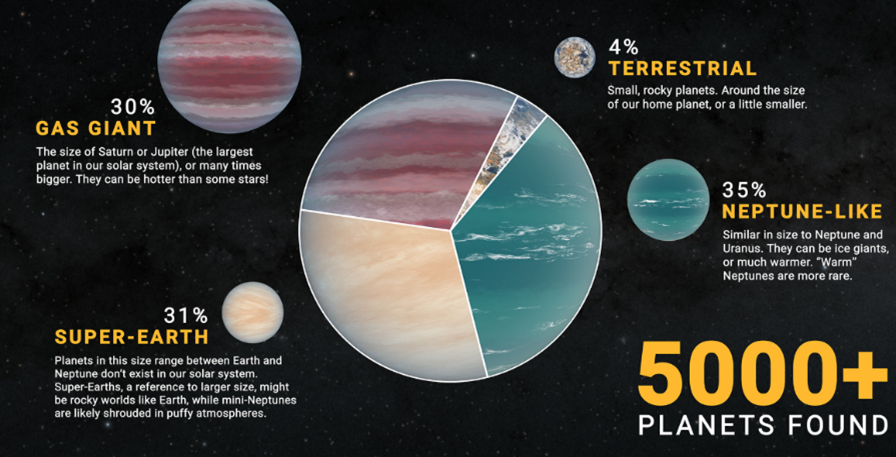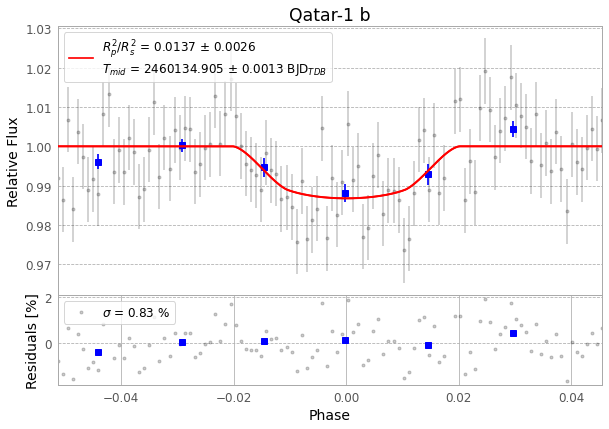Exoploration – EW
Intro to Photometry and Exoplanets
Join the Waitlist
Sign up for the waitlist to receive updates and information how to register for the course.
Exoplanets (planets orbiting other stars) were only discovered in the 1990’s. Since then, many astronomy initiatives have been formed for their discovery and their physical character. Why? To answer the question “Is there life elsewhere in the Universe?”
Astronomers have learned that students and citizen scientists can play a major role in this effort to find life elsewhere. They have found many exoplanets of all kinds that were not expected and have been able to provide critical data to help this exploration.
Research done by citizen scientists and students has ground level importance in many areas (no puns intended):
- find possible candidates
- confirm/reject the candidate as an exoplanet
- predict their orbits
- help measure their nature
The large earth-based observatories and sophisticated satellite systems just do not have time to do these important tasks. Voila! That’s where we come in.
There are several programs needing our help. Exoplanet Watch (EW) is one that was formed by NASA and JPL to answer critical questions. Some exoplanet orbits will align edge-on with our line of site causing a periodic eclipse (aka a “transit”). This is an opportunity to “see” and learn more about the exoplanet. So when an exoplanet eclipses (transits) its star (its sun) in our line of site is a good time to observe it.
An eclipse may only last a few minutes to hours and not be visible again for months or years. The James Webb Space Telescope (JWST) for example needs to point to the star at the exact transit time to determine much more than we know today about the exoplanet’s atmosphere – a key indicator of the possibility of life there. Our research will refine that timing so JWST or other large observatories don’t miss the transit during their busy schedules.
This seminar is designed to:
- Learn how to observe known exoplanets for Exoplanet Watch for JWST, other observatories, or your own work
- Learn some of what we know so far about exoplanets
- Learn the basics of time-series photometry of variable stars, essential to understand their nature
Exoplanet science is a rapidly evolving field of astronomy. We try to adjust the schedule and syllabus each time the seminar is held for the latest tools, databases, programs, and techniques.
To look at the last or upcoming course details and calendar – click here.
The seminar is for novice photometry observers who want to study exoplanets. Students will join a Google Classroom and Slack for most of the materials. A scheduled Zoom meeting will be held every one or two weeks. Telescope time is provided for doing at least one successful transit observation which will take from 4 to 8 hours of robotic telescope time. Most work is done at one’s own time.
You may enter this seminar after the IntroSTARS seminar and if you have used a telescope. If not, we recommend that students complete the DoubleSTARS seminar before entering this seminar.
See our annual calendar for the dates when the seminar is held. You should come to the initial Module 0 online meeting to get your questions answered.
To receive an invitation to Module 0 and to participate, click Join the Exoplorer EW Waitlist below.


